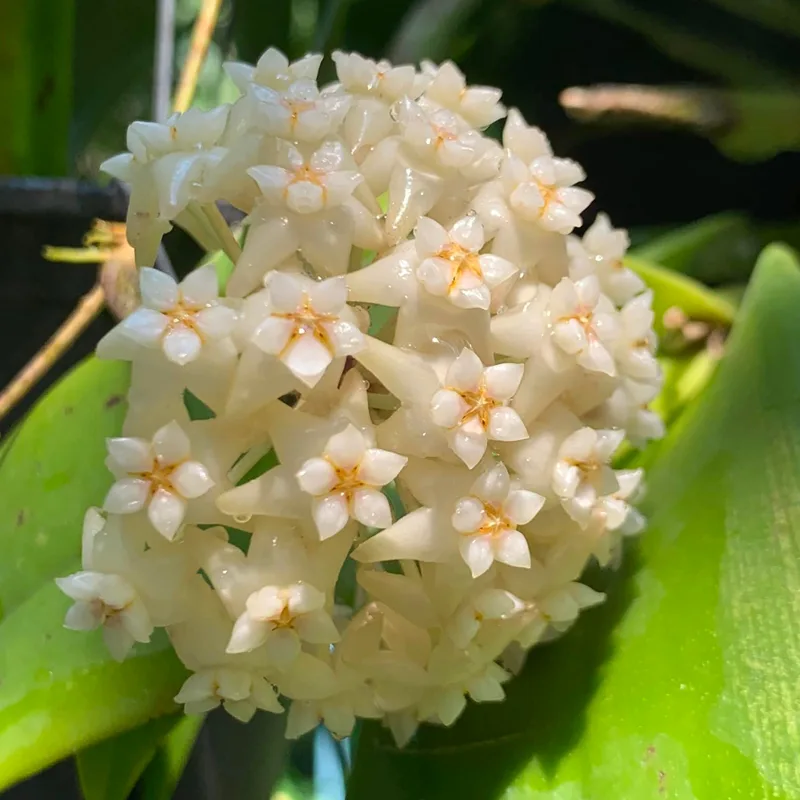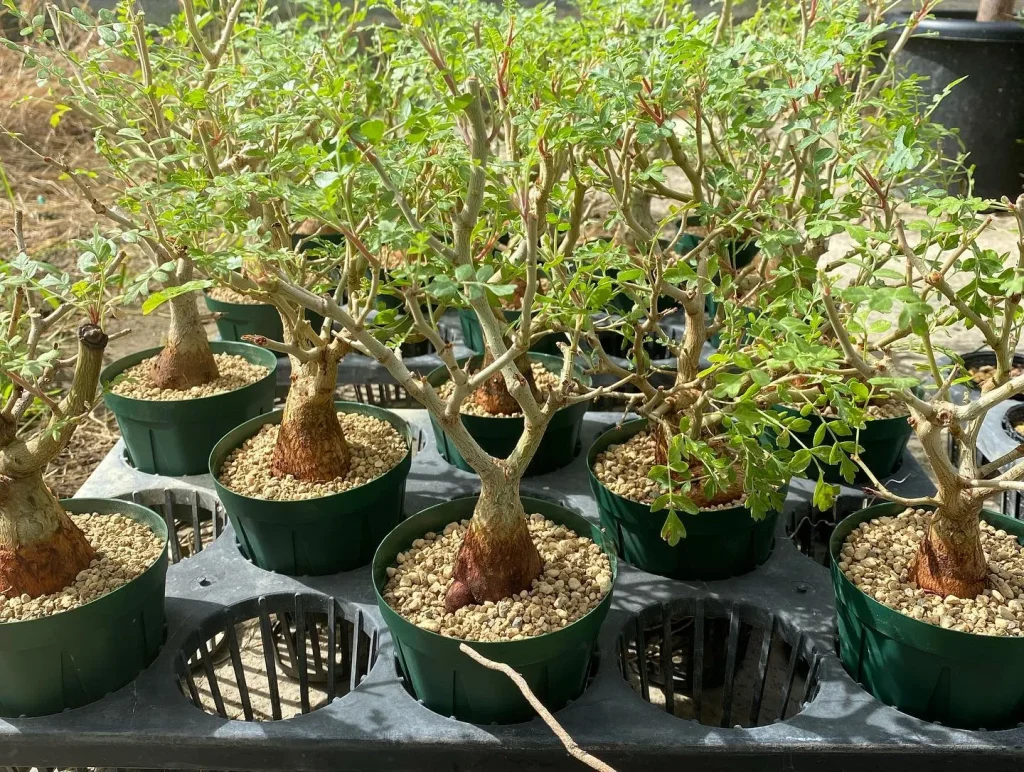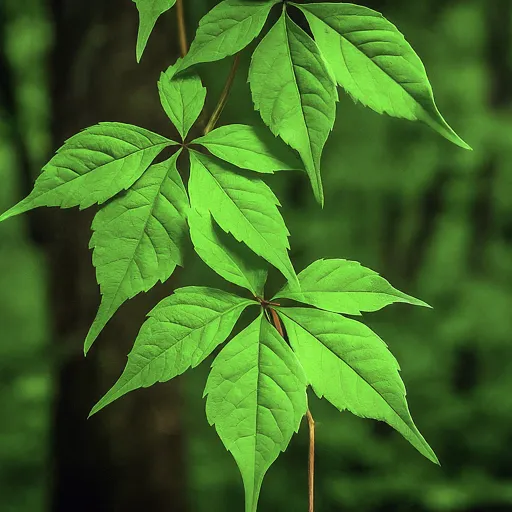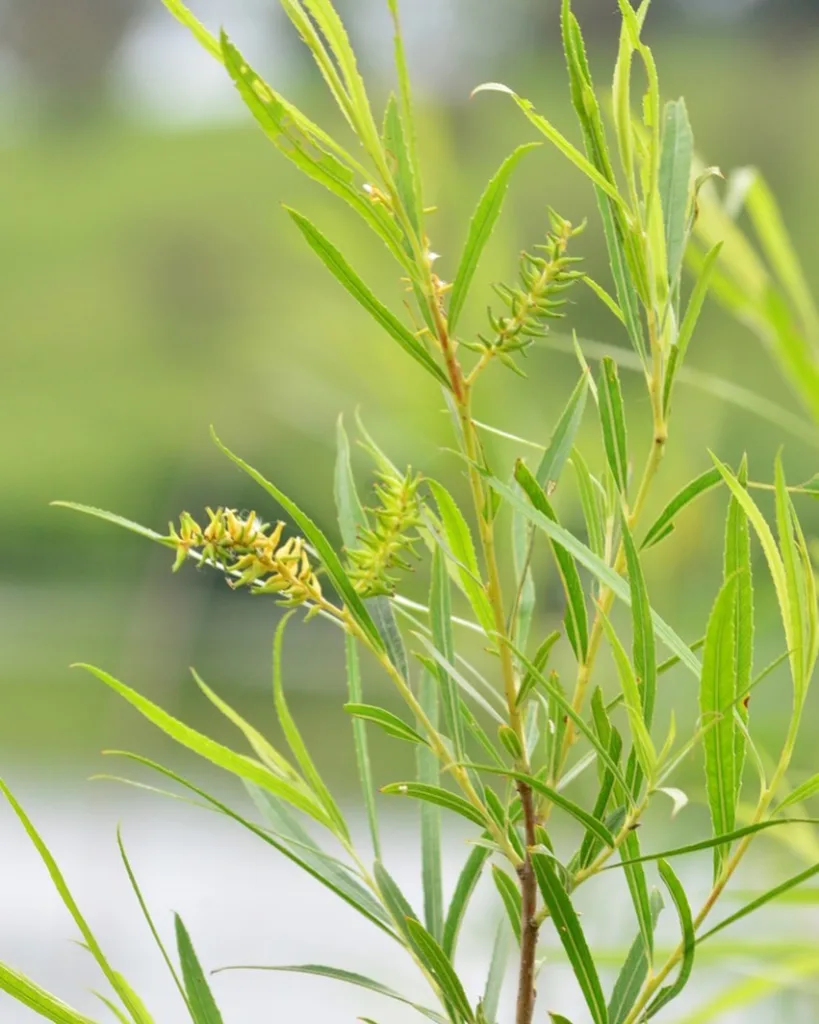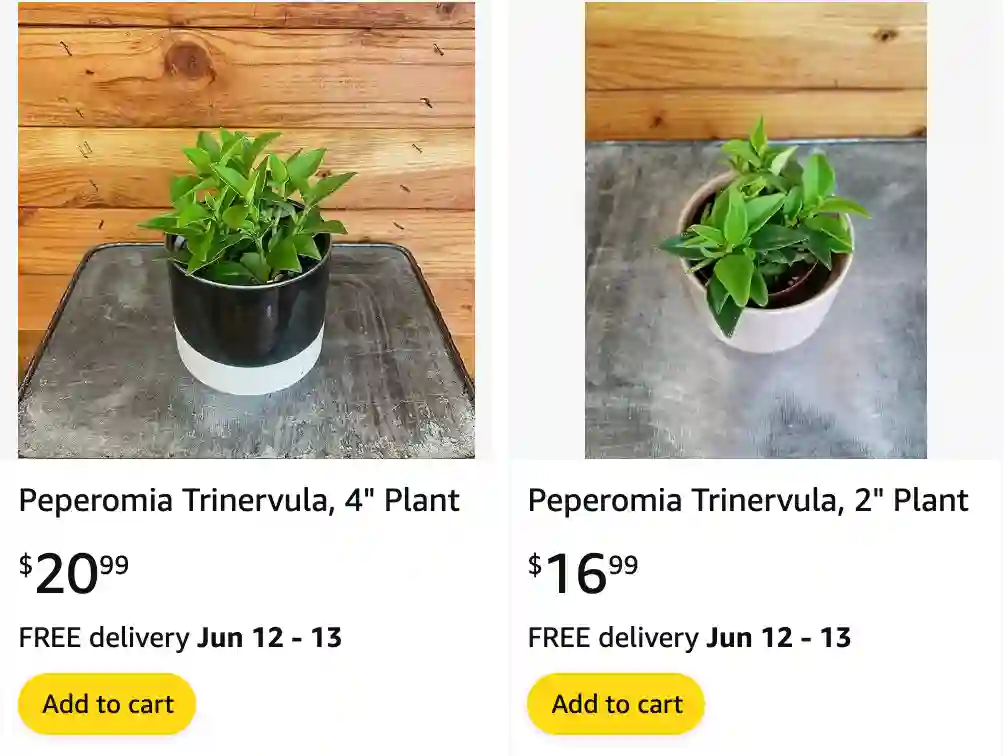
The Peperomia trinervula: A Low-Maintenance Charmer for Plant Enthusiasts
Ah, the Peperomia trinervula. This little gem has found a permanent spot on my windowsill, and for good reason. It’s the perfect example of a plant that packs a punch in a petite package. But before I dive into my experience with this charming little fella, let’s talk specifics.
1424 Species in Genus Peperomia
What Does a Peperomia trinervula Look Like?
The Peperomia trinervula, also known as the Radiator Plant, is a visual treat. Its heart lies in its glossy, deep green leaves. These aren’t your average houseplant leaves – they’re lance-shaped, with a pointed tip that adds a touch of elegance. But the magic doesn’t stop there. Often, the leaves boast a hint of red or burgundy along the veins, adding a subtle pop of color.
The stems of the Peperomia trinervula deserve a mention too. They’re a vibrant green, often with burgundy bands at the points where the leaves connect. This creates a captivating visual rhythm that draws your eye to the plant. Plus, the stems tend to grow bushier and more branched out, giving the Peperomia trinervula a naturally full and lush appearance.
Where Does the Peperomia trinervula Come From?
This little wonder hails from the tropical rainforests of Venezuela. Imagine it thriving in the dappled sunlight filtering through the rainforest canopy. That gives you a clue as to its ideal growing conditions – but we’ll get to that later.
How Easy is the Peperomia trinervula to Care For?
Let’s be honest, not everyone has a green thumb. But fear not, plant novices! The Peperomia trinervula is a dream come true for those who want a beautiful plant that requires minimal effort. Here’s the gist:
- Light: It prefers bright, indirect light. Think a few meters away from a sunny window, or an east or north-facing window. Direct sunlight can scorch the leaves.
- Watering: This is where the “low-maintenance” part truly shines. The Peperomia trinervula dislikes soggy soil. A good rule of thumb is to use the “taco test”: gently fold a leaf in half. If it’s limp and easily bends, it’s thirsty. If it’s firm and snaps, hold off on watering. Aim for watering every 7-10 days, letting the soil dry slightly between waterings.
- Soil: Opt for a well-draining potting mix. Adding perlite to your regular potting mix is a great way to achieve this.
Can I Propagate My Peperomia trinervula?
Absolutely! This is a fantastic way to expand your collection or share the Peperomia trinervula love with friends. There are two main methods:
- Stem cuttings: Take a healthy stem with a few leaves, cut it just below a node (the bump where the leaf meets the stem), and plant it in a pot with moist, well-draining soil. Keep it warm and humid, and watch those new leaves sprout!
- Leaf propagation: This method takes a little longer, but it’s still achievable. Carefully remove a healthy leaf from the main plant. Cut the petiole (leaf stem) at an angle and place it in a pot with moist sphagnum moss. Keep it warm and humid, and with patience, you’ll see tiny plantlets emerge from the base of the leaf stem.
What Can I Plant with My Peperomia trinervula?
The Peperomia trinervula’s compact size and low-growing nature make it a great candidate for terrariums. Its vibrant green foliage also complements other low-light loving plants like ferns, bromeliads, and Fittonias.
So, there you have it! The Peperomia trinervula is a charming little plant that offers big rewards for minimal effort. With its attractive looks and easy-going nature, it’s a perfect addition to any plant collection, beginner or seasoned. Why not give it a try and see for yourself?
If i die, water my plants!
